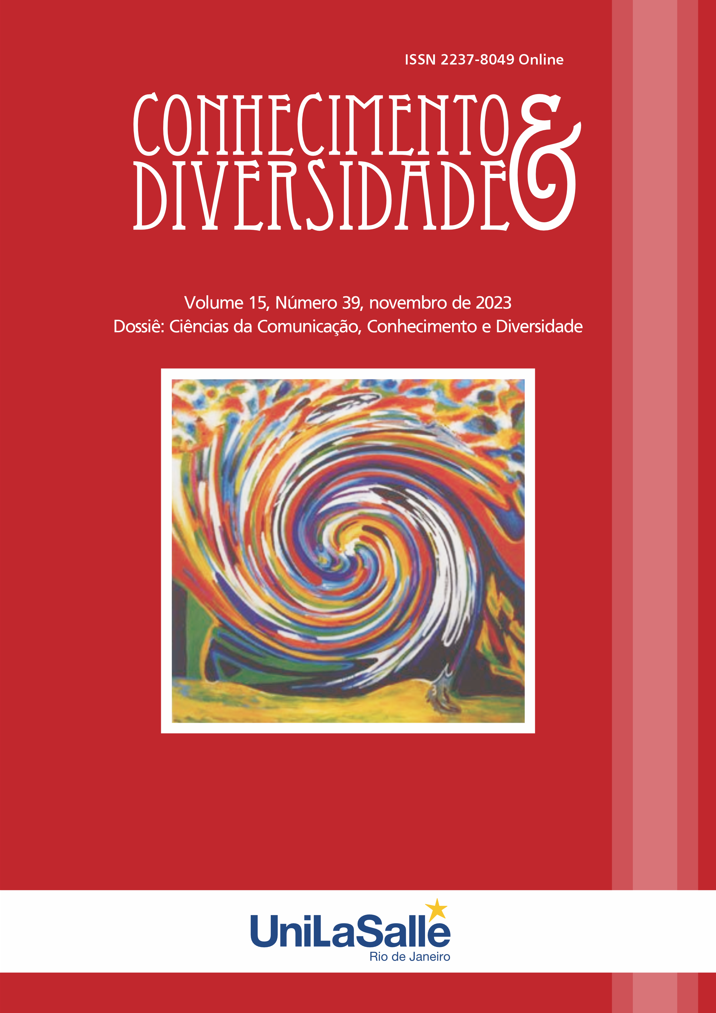THE COMMUNICATION BEFORE, DURING AND AFTER THE COVID-19 PANDEMIC IN ENGINEERING SCHOOLS
THE CASE OF RABAT INSEA
DOI:
https://doi.org/10.18316/rcd.v15i39.11142Keywords:
Pedagogical communication, School space, Distance learning, Face-to-face, HybridAbstract
Human beings begin their communication journey from the first moments of their lives. As soon as they are born, they express their emotions by shouting, crying and expressing themselves. These cries are not without meaning; they serve to communicate feelings such as pain, anger, fear, anxiety and even joy. It's difficult to distinguish precisely which emotion is at work; perhaps it's a mixture of all of them at the same time. For those around them, these first cries are the first "sign" that the newborn is alive. This is how the process of human communication begins. For almost a century, communication research has shown us that there is no such thing as clear, limpid and transparent communication. Believing this is a myth. Messages are often, if not always, confusing, obscure and ambiguous. The receiver interprets and decodes what they want, selects the data and the real challenges are often hidden. In short, communication, consciously or unconsciously, is omnipresent, but is it always perfect? No one can deny that communication before, during and after the COVID-19 pandemic is of equal magnitude. Its effect, as well as its importance, continues to affect and invade all sectors (companies, schools, personal relationships, professional relationships, etc.). Communication during the pandemic has been influenced by the need to transmit accurate and up-to-date information about the pandemic, prevention measures and government guidelines. Governments, health organisations and the media have all played important roles in disseminating this information, often requiring rapid adaptations to meet the ever-changing needs of the population. In summary, communication before, after and during COVID-19 has been marked by significant changes in the way people and organisations communicate, with an increase in the use of distance communication technologies and a greater importance given to disseminating accurate and up-to-date information about the pandemic. Our research on communication is a field study carried out at INSEA in Rabat (National Institute of Statistics and Applied Economics). It was a three-year survey of 122 students on the ways in which students communicate their knowledge, skills and intentional behaviour in learning situations. In summary, our question addresses the modalities used before, during and after the COVID-19 crisis for successful pedagogical communication: How was pedagogical communication carried out? What are the most appropriate and effective communication modalities that motivate students? What strategies are adopted to keep students focused and attentive? What trends in pedagogical communication are we moving towards today and in the future? All these questions will be answered through systematic and participant observation (which involves immersion in the group being studied). The data is natural and rational (a behaviour determined in relation to aims and objectives). The students surveyed were recorded in situations of verbal interaction, questionnaires, direct interviews, online through Facebook and WhatsApp groups.
References
Amadieu Franck et Tricot André. Mythes et réalités. Apprendre avec le numérique. RETZ, France Edition, 2020.
Banque Mondiale. Construire les sociétés du savoir : nouveaux défis dans l’enseignement supérieur. Presses de l’Université de Laval, 2003.
Boudon Raymond. L’inégalité des chances. Rééd. Hachette.1973
Bourdieu Pierre. La distinction. Critique sociale du jugement. Minuit. 1979.
Bourqia Rahma. La société marocaine face à la globalisation : L’ère numérique. Ed. La croisée des chemins, Casablanca. 2023.
ERNER, Guillaume. Sociologie des tendances. Paris, PUF, 2008
Harakat Mohamed. Quelle université pour le XIX XXIe siècle ? La gouvernance cognitive et démocratique, une chance pour le Maroc. Maarif El Jadida. Rabat, 2011.
UNESCO. Forum international sur les TIC et éducation 2030. Note conceptuelle. Saisir les opportunités du numérique. Piloter la transformation de l’éducation. 2017.
OCDE. Gestion de l’enseignement supérieur. Enseignement et compétences. Revue du programme sur la gestion des établissements. Vol. 13 - n° 2. 2001.
OCDE. Gestion de l’enseignement supérieur. Revue du programme sur la gestion des établissements. Vol. 13 - n° 2. 2001. Introduction de Burton Clark. p.11. Voir aussi.
Weber Max. Le savant et le politique. Introduction de Raymond Aron. Collection 10-18, Paris, 1963.
REVUES
Sciences Humaines, Hors-série, Février-Mars. 2021
Downloads
Published
Issue
Section
License
Copyright (c) 2023 Abdelilah Benthami

This work is licensed under a Creative Commons Attribution 4.0 International License.
As recommended by the Public Knowledge Project, RCD adopts for its articles a CREATIVE COMMONS Attribution CC BY 4.0 license.
This license allows others to distribute, remix, adapt and build upon your work, even commercially, as long as they credit you for the original creation.
This is the most appropriate license offered.
Recommended for maximum dissemination and use of licensed materials.



